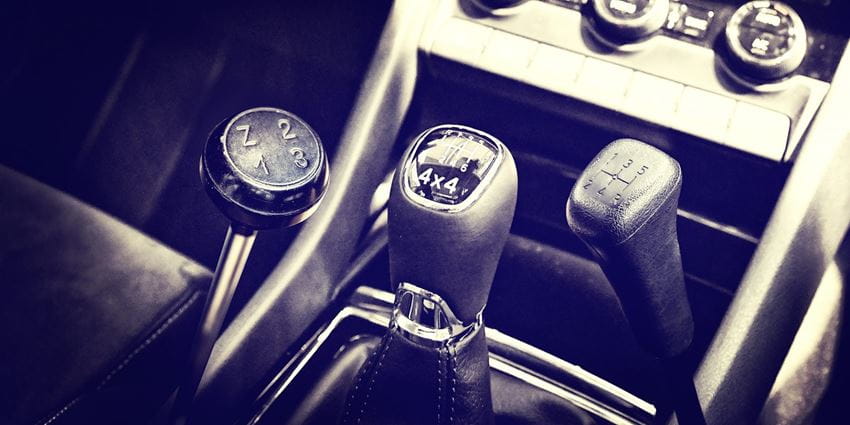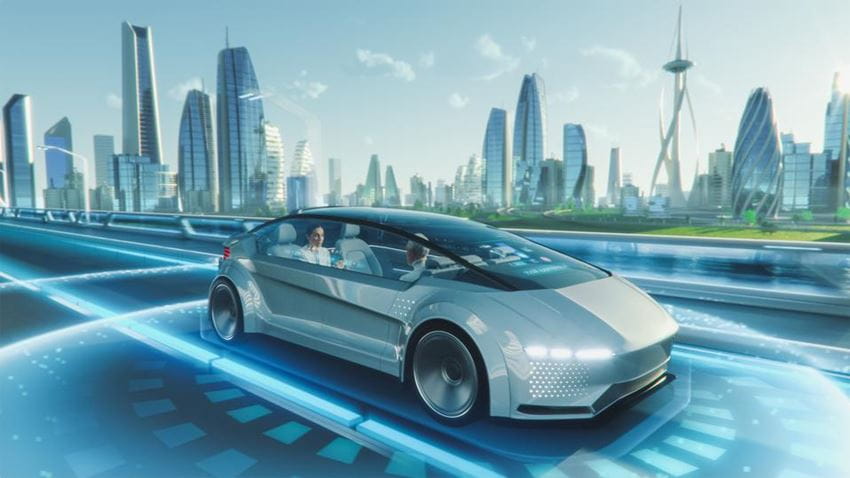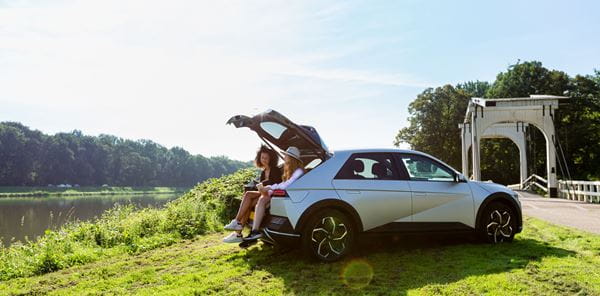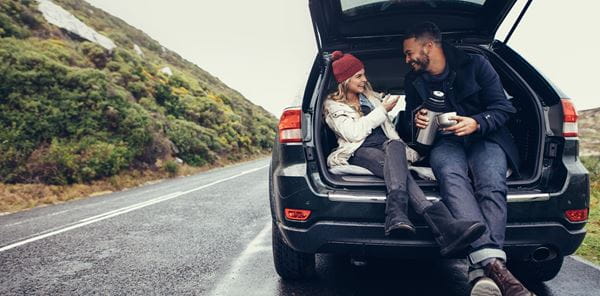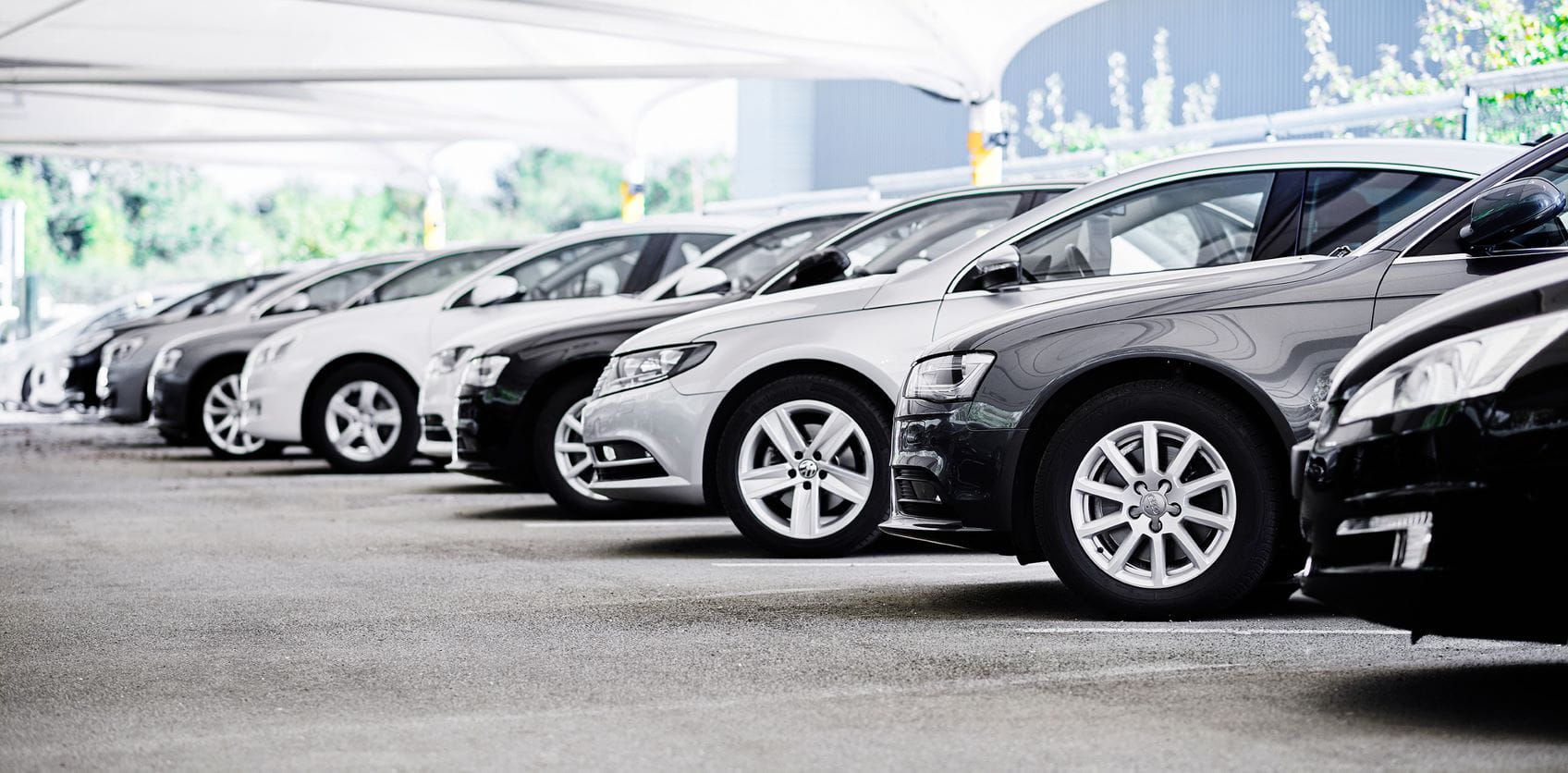
From optional side mirror to computer on wheels: how cars evolved during 50 years LeasePlan
You recognize a movie from the 1970s by two things: the clothes people wear and the cars they drive. In terms of appearance, cars have seen an enormous evolution over the past half century. But the biggest development for leasing companies probably lies in the options that have now become standard. Let’s jump in our ‘DeLorean’ and take you through fifty years of automotive history at LeasePlan.
When LeasePlan Belgium started distributing its first cars in 1972, the car market was of course not nearly as large as today. Certainly within the domain of company cars, the same brands kept popping up. These were mainly the well-known German car manufacturers (Volkswagen, Mercedes, BMW, Audi), along with Ford and occasionally a French car brand. Only after the turn of the century were other brands added such as Skoda and Seat as part of the Volkswagen Group. And more recently, the Japanese and Korean cars have also found their way into the company fleet.
One thing has not changed over the past half century: customers are always looking for the latest gadgets for their cars. In recent years, for example, we have seen a growing demand for parking sensors, a technology that has in the meantime become standard on many cars. In the 70s and 80s, however, the basic equipment on cars was much more limited.
Need a side mirror? Or would you rather have a fifth gear?
In LeasePlan’s early years, many cars had only four gears. Customers could, however, consider a fifth gear as an option. Although they might have to dropped it in favor of adding a side mirror on the right-hand side of their car. In many older models this mirror is missing as it was not mandatory to provide one on a car. In the context of greater comfort and safety, drivers in the 1980s more often asked for such an “extra” mirror and/or gear.
For a long time, radio was also an option. Cars were delivered to LeasePlan without a radio, after which a supplier could install one at the customer’s request. Today radios are not only standard, but also need to offer modern technology such as Bluetooth.
ABS, a sunroof, air conditioning, a remote key … we could go on like this for a while. What seems the most normal thing in the world today was once an often not so cheap option that drivers had to consider when choosing a car.
In LeasePlan’s early decades, new developments entered the market every two years on average. Spurred on by digitalization, the pace is naturally much faster today. And the evolution is now not limited to equipment but can even have an impact on the technology under the hood of the car.
The rise of automatics
A few things remained unchanged over the years: commercial vehicles had to have a diesel engine and a manual transmission. Driving an automatic? That had a negative connotation: if you wanted a real driving experience, you needed to be able to change gears manually. In the meantime, automatic transmissions have developed to the point where many drivers see the benefits. Especially for people who are often stuck in traffic jams, automatics mean a world of difference.
Even more important is the evolution of the engine. Until a few years ago, almost the entire fleet of LeasePlan customers consisted of models that run on diesel. Only recently have we seen a switch to petrol, although this trend will probably be short-lived. With the rise of electric cars, the automotive sector is currently facing the greatest turning point in its history. LeasePlan is happy to be a trendsetter in this field and help customers make a smooth transition to a sustainable fleet.
Sustainability is an important factor in the choice of a car, especially for new generations. Over the past half century, our car has mainly been a status symbol. The size of the car, the brand, the color … These used to be important factors. Although they still play a role for many drivers today, cars must above all be practical. And if a model is also sustainable and interesting from a fiscal point of view, these are of course additional plus points.
Transforming cars into new products
The advent of electric cars and the changing attitudes among customers have made the car market broader than ever. In addition to traditional car manufacturers, many new brands now have a quality label that meets the standards of a company fleet. This range includes both well-known players who enter the (leasing) market with new models, and brands that are emerging in the context of electrification. Tesla is a good example of this, but now we are also seeing a lot of activity in the Chinese car market.
Predicting the future is impossible in today’s climate. However, we can be sure that within the next half century, by 2072, our cars will not be anything like the cars we drive today. Instead of an engine on wheels, we will rather be dealing with a computer that better supports the driver and makes driving ever safer. And so, perhaps that right-hand side mirror will once again become obsolete too …

